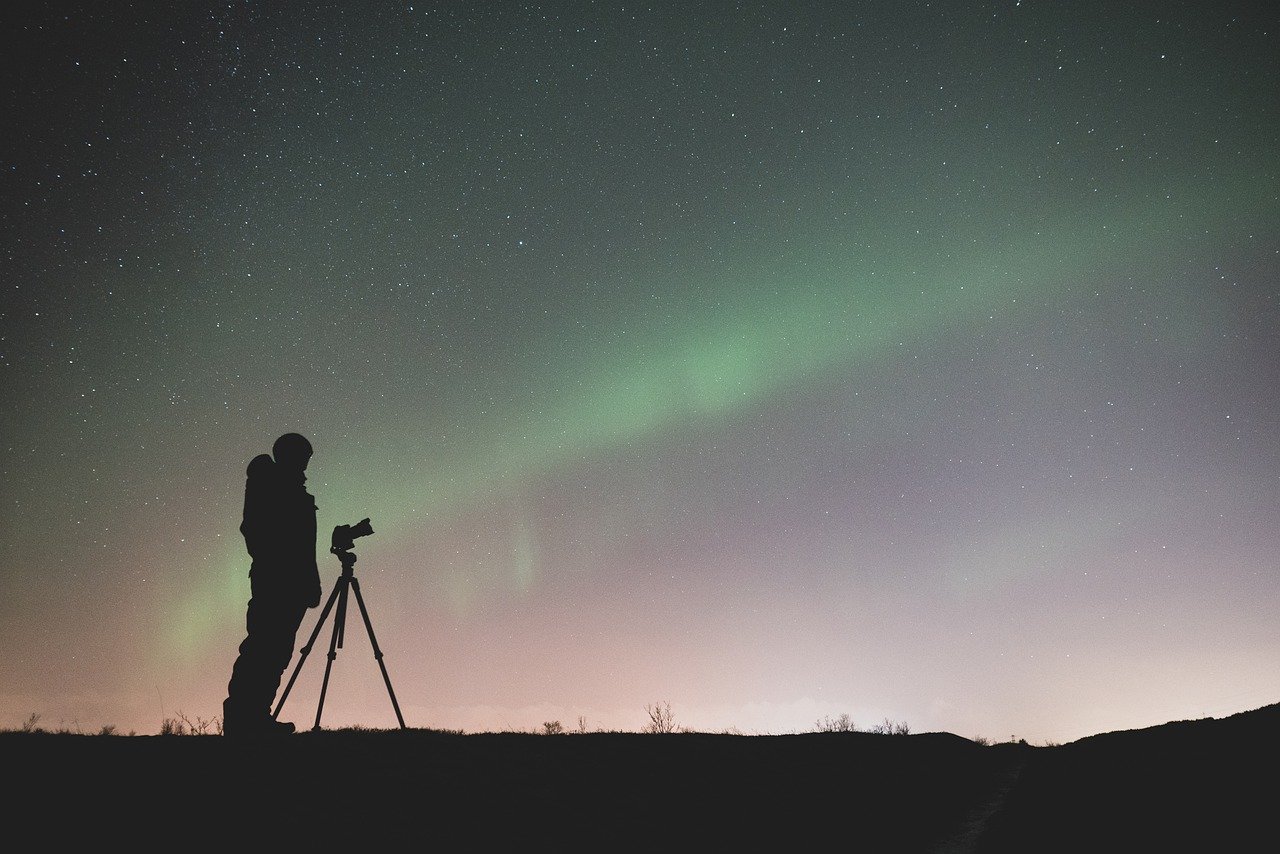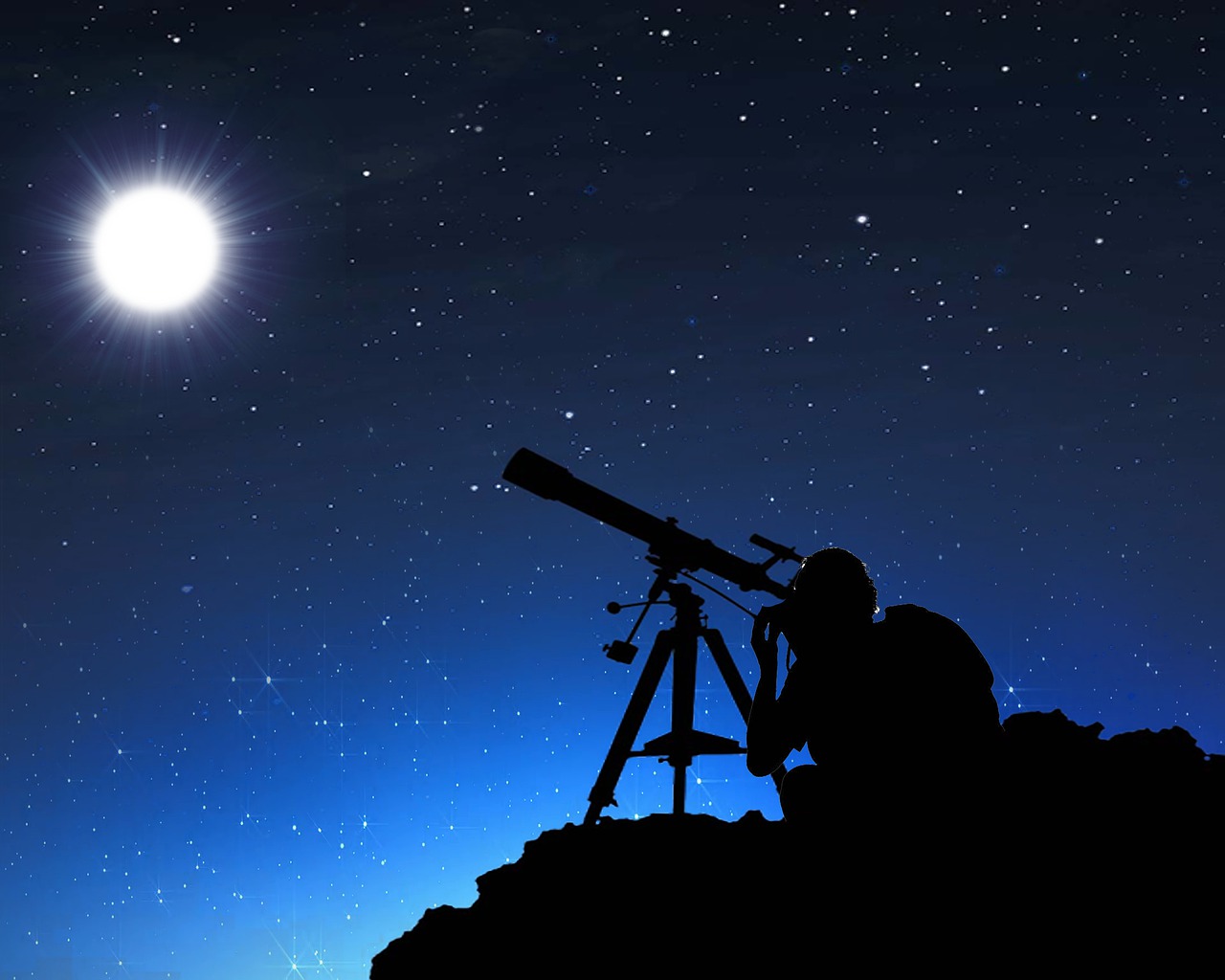What Was Observingsites.com About?
Last Updated on

Getting into astronomy can seem like a daunting task. There’s so much to learn and figure out, and many college courses devoted to each aspect of astronomy. And that’s not to mention the equipment you need to properly observe space, and the know-how to use that equipment. A telescope is great, but if you don’t know what to point it at or where to use it, it’s not going to be the most useful tool for you. Luckily, sites like Observingsites.com are here to offer information that up and coming astronomy enthusiasts can use to help further their efforts and have more fun while learning about space.
What was Observingsites.com?
Observingsites.com was an astronomy website dedicated to helping budding amateur astronomers locate the best spots for them to take their equipment and observe the night sky. While you can definitely set up a telescope anywhere, not every place that you use a telescope will offer ideal conditions. Light pollution from nearby cities, towns, and buildings can interfere with your telescope’s ability to view the night sky, reducing your visibility and the number of celestial events you can see.
If you were to set up your telescope in your backyard, you’d be able to observe some star systems, but you’d be missing out on the true majesty of outer space and all the celestial bodies up there. Observingsites.com aimed to help you get the most out of every viewing by helping you to locate the nearest dark-sky preserves; the perfect places for any astronomy enthusiast to set up their equipment and get an incredible view of the night sky.
What is a Dark-Sky Preserve?
As mentioned, light pollution from buildings and populated areas can impede your telescope’s ability to view space. When there’s a lot of light pollution present, the distance that you can properly view celestial bodies from is decreased, so you’ll see fewer space objects in total. The ones you see won’t be as bright or clear either.
Dark-sky preserves are specially designated areas where light pollution is minimized to allow for improved viewing of the night sky. In these areas, you’ll get a lot more out of your telescope. It will see farther and the objects you view will be clearer.
The problem is that there’s a limited number of dark-sky preserves around. If you don’t know where one is, they can be quite difficult to locate. But that’s precisely what Observingsites.com helped you with. Their website hosted a database of many dark-sky preserves where you’d have a premium viewing experience. You could see where they’re located on a map and easily determine which ones are closest to you, how to get there, and what you might need to know before you arrive.
What Areas Did Observingsites.com Cover?
Observingsites.com listed the dark-sky preserves throughout North America. This included listings of dark-sky preserves in 37 US states and 6 provinces in Canada. Many of these have been independently corroborated to make sure they’re accurate, but most of these listings have been contributed by other amateur astronomers.
On the Observingsites.com website, there was an interactive map of North America with all of the states and provinces that have dark-sky preserves colored red. This allowed you to easily and quickly get a visual reference of the different areas that offer great viewing opportunities.
Information on Observing Sites
Once you click on a state or province, you’d be taken to a page that shows the specific dark-sky sites in that province. You’d be able to see each site marked on a map of the state for quick reference. Furthermore, they gave specific directions to the site to help you reach it, but you’d find much more than just the location of each dark-sky site on this page.
Additionally, you could get all the information that you might need to go to and use the observation sites in that province or state. For instance, the address and name of the observing site were listed, as well as the contact information for anyone you might need to call regarding use of the site. There were also website URLs listed if applicable. Plus, they spelled out all of the restrictions that you’ll need to observe.

That’s already quite a bit of information, but it didn’t stop there. You would also be able to see a clear sky chart that provided loads of data that any hopeful observer would find useful. This chart includes information such as cloud cover, sky transparency, wind, humidity, and temperature. And it didn’t just show you for the time you’re looking; you could see 48 hours of sky forecasts to help you determine the most optimal time for you to be at the observing site.
There was still more information to gain, though. You’d also find information regarding the altitude of the observing site. Moreover, they even spelled out the best and worst horizons for you to watch, how much naked eye viewing distance you’d typically get in the area, and even more helpful comments from users such as information about access, camping, and more. You’d find all the information you could possibly need to allow you to make use of any dark-sky preserve in North America.
- You might also like:15 Interesting Facts About Pluto You Never Knew (Updates)

Conclusion
If you’ve been frustrated with the limited viewing ability you’ve been able to achieve with your telescope in the populated areas near your home, then you need to find a dark-sky preserve for a better viewing opportunity. While these could be difficult to locate on your own, a short trip to a site like Observingsites.com would help you to quickly gain all the information necessary so you can be on your way and viewing in optimal conditions with minimal light pollution. And if you happen to know of a dark-sky preserve that’s not listed, you can always submit the information yourself to help other astronomers locate it as well.
Featured Image Credit By Pixabay
About the Author Robert Sparks
Robert’s obsession with all things optical started early in life, when his optician father would bring home prototypes for Robert to play with. Nowadays, Robert is dedicated to helping others find the right optics for their needs. His hobbies include astronomy, astrophysics, and model building. Originally from Newark, NJ, he resides in Santa Fe, New Mexico, where the nighttime skies are filled with glittering stars.
Related Articles:
15 Crucial Facts About Ultraviolet Rays & the Sun
What Constellation Is Spica In? The Interesting Answer!
10 Interesting Leo Constellation Facts, Myths, and FAQs
15 Interesting Pegasus Constellation Facts, Myths, and FAQs
6 Interesting Sagittarius Constellation Facts, Myths, and FAQs in 2024!
What Are Constellations? Where Did They Come From?
8 Interesting Libra Constellation Facts, Myths, and FAQs
What Is Infrared Radiation? Science-Based Facts & FAQ
